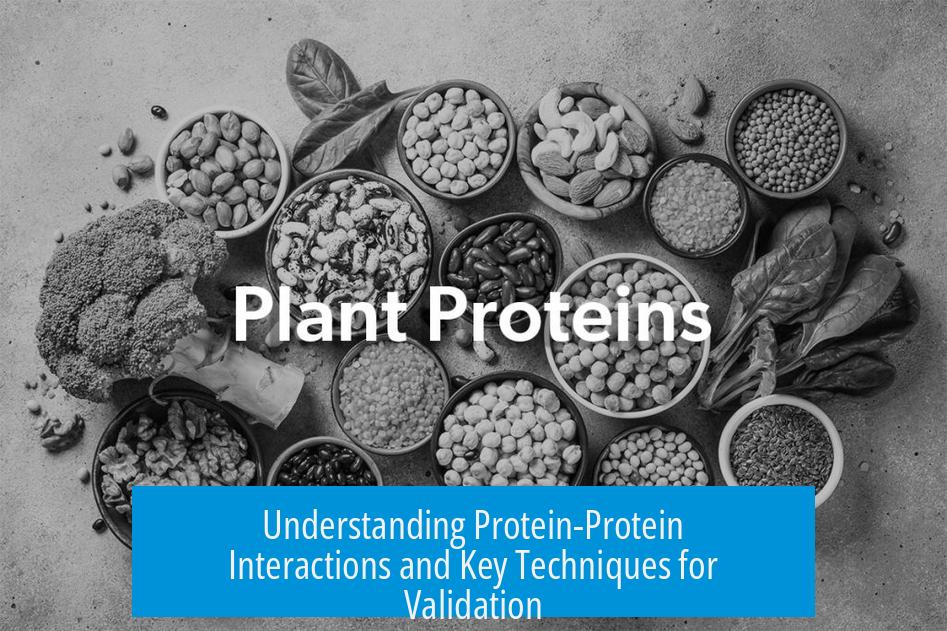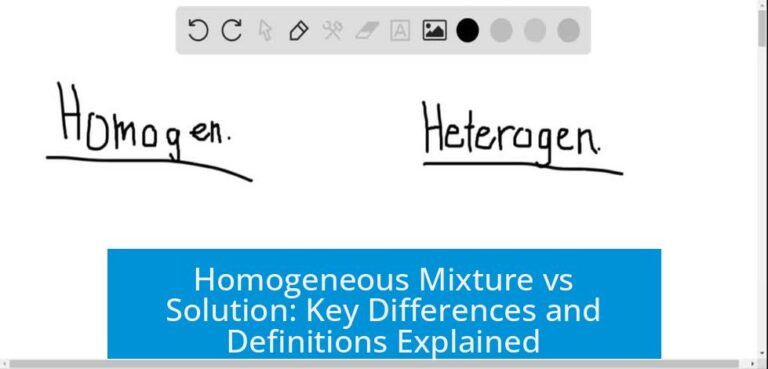Understanding Protein-Protein Interactions
Protein-protein interactions (PPIs) are crucial for cellular functions and can be studied using various techniques that differ in sensitivity and context. These methods enable identification, characterization, and validation of interactions with varying temporal and spatial resolutions.
Proximity Labeling Techniques: BioID and Derivatives
Proximity labeling methods like BioID and its derivatives (TurboID) involve tagging a protein of interest (P.o.I) with a modified biotin ligase enzyme, BirA. On adding biotin, proteins within about 10 nm of the P.o.I become biotinylated. These biotin-labeled proteins can be isolated using streptavidin affinity purification.
This enzymatic biotinylation allows detection of both stable and transient interacting partners. Such an approach surpasses traditional methods by capturing dynamic and transient PPIs that are often missed by conventional techniques.
Comparison to Co-Immunoprecipitation (Co-IP)
Co-IP primarily detects stable, covalently interacting proteins because the method relies on preserving interactions during immunoprecipitation. In contrast, proximity labeling can recover both transient and stable PPIs due to in situ biotin tagging, offering a broader interaction profile.
Validation and Complementary Approaches
- Bimolecular Fluorescence Complementation (BiFC): BiFC reconstitutes a fluorescent signal when two proteins interact in live cells. This microscopy-based method validates PPIs spatially, complementing biochemical data and confirming localization.
- Surface Plasmon Resonance (SPR): SPR measures direct interactions between purified proteins in vitro. It quantifies binding affinities and kinetics, providing detailed biophysical insights.
Experimental Context and Method Choice
The experimental environment affects method selection:
- In Vivo: Proximity labeling (BioID) and BiFC allow detection in live cells, preserving physiological conditions.
- In Vitro: SPR requires protein purification and suits mechanistic studies on isolated proteins.
The choice depends on research goals, whether identifying interaction networks or characterizing binding properties.
Key Points
- Protein-protein interactions can be captured by proximity labeling, allowing identification within a 10 nm radius using biotinylation.
- BioID and derivatives detect both transient and stable interactions, unlike Co-IP, which mainly detects stable ones.
- BiFC provides visualization of interactions in living cells, validating spatial and temporal dynamics.
- SPR quantifies direct interactions using purified proteins, offering kinetic and affinity data.
- Method choice depends on whether the study focuses on in vivo contexts or requires purified proteins for in vitro analysis.
What advantages does proximity labeling like BioID offer over traditional Co-Immunoprecipitation (Co-IP)?
BioID labels proteins near your target within a small radius, capturing both transient and stable interactions. Co-IP typically detects only stable, covalent partners. This makes BioID useful for identifying dynamic protein networks.
How does Bimolecular Fluorescence Complementation (BiFC) help in studying protein-protein interactions?
BiFC visualizes interactions inside cells by producing fluorescence when two proteins come together. It confirms and complements biochemical data from techniques like Co-IP.
When should Surface Plasmon Resonance (SPR) be used in protein-protein interaction studies?
SPR quantifies direct interactions and how tightly proteins bind, but it requires purified proteins. It’s suitable for controlled in vitro experiments focusing on binding kinetics and affinity.
Can proximity labeling techniques be used in living cells?
Yes, methods like BioID and TurboID work in vivo. They tag interacting proteins within cells without needing to isolate protein complexes first.





Leave a Comment